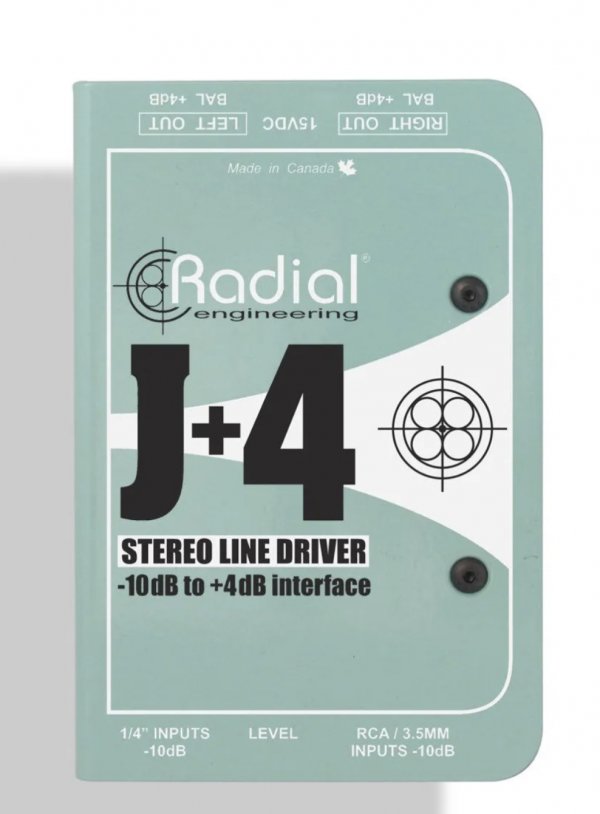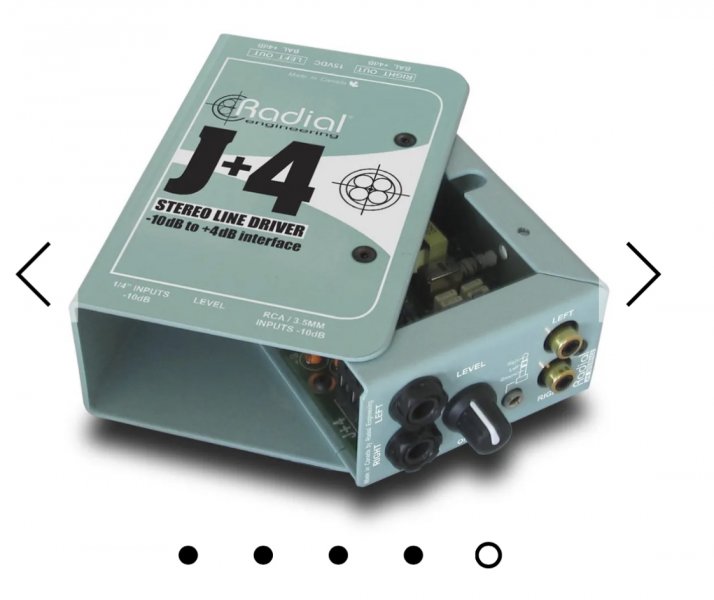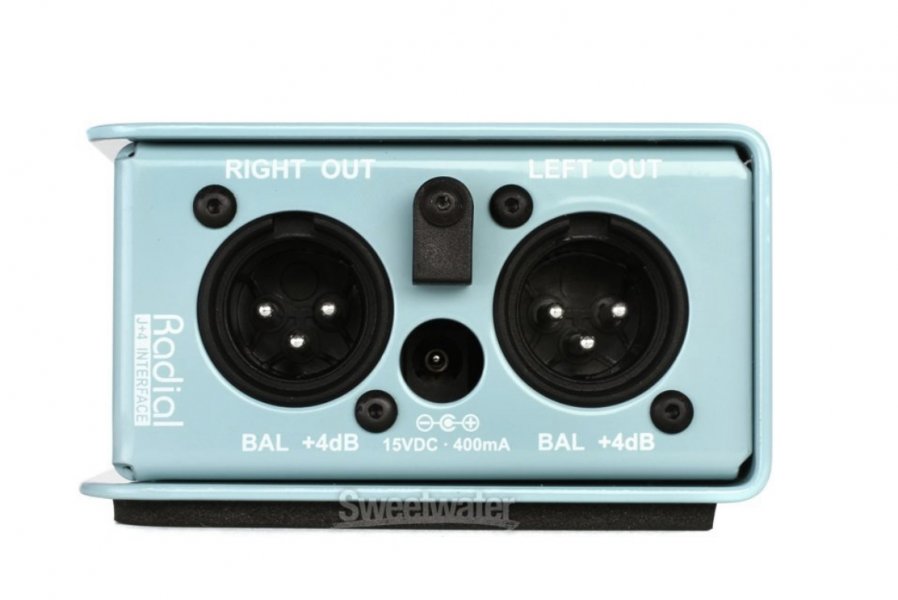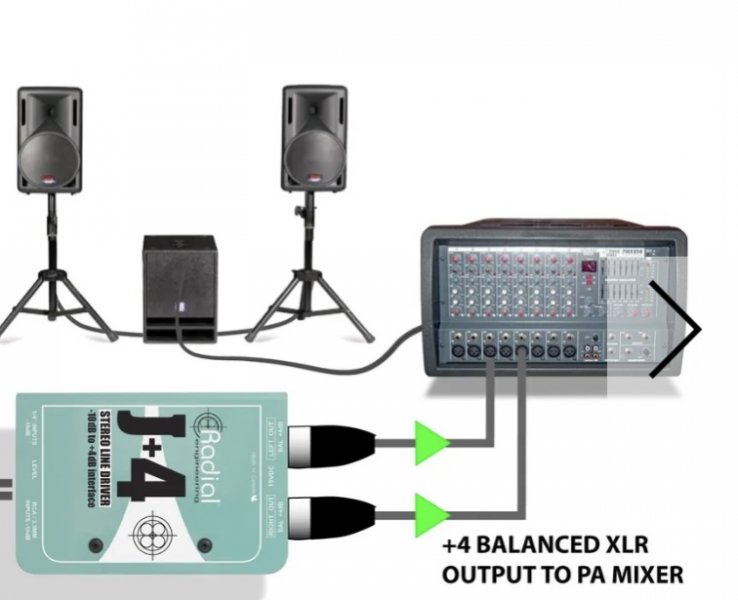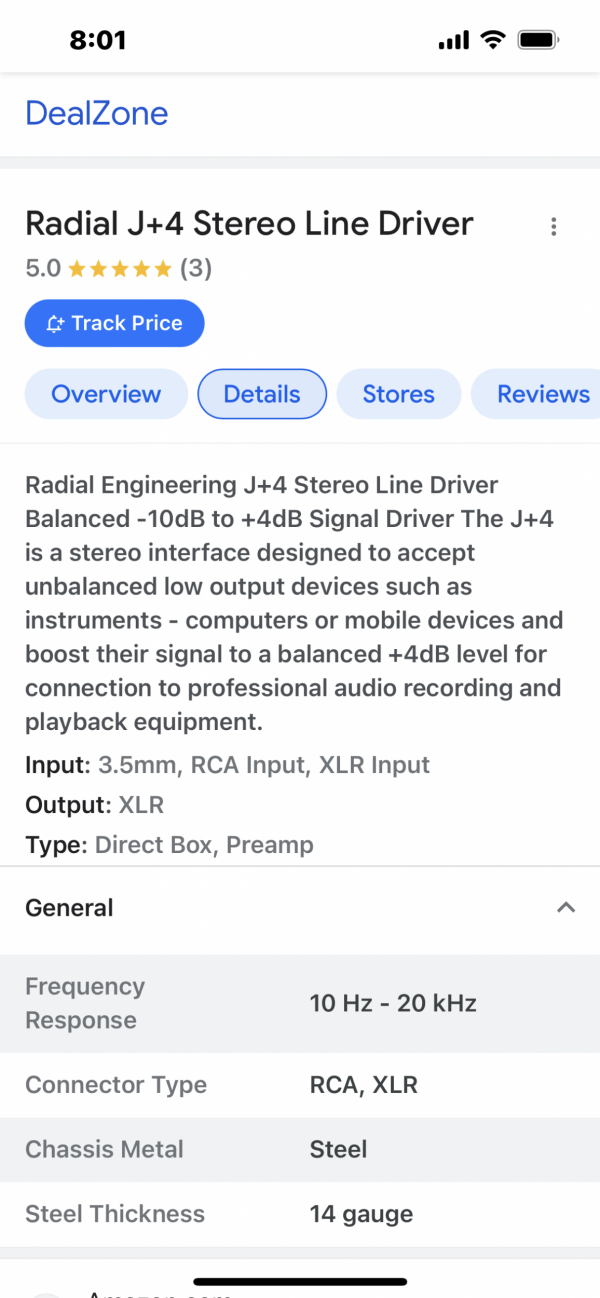On the other hand, I feel cartridges are not balanced. I think Ralph is wrong on the need for grounding.
Is the ground on the arm, as part of the XLR shield, referenced exactly to what? Earth, the arm assembly, cartridge body, phono stage chassis, a common phono preamp ground, or power cord ground pin. What if the phono stage is "floating" with no ground? Does the cartridge body or any cartridge pins have a real ground?
An XLR interconnect from phono preamp, to preamp, or to power amp has a real ground for a true balanced connection, but not a cartridge,
Cartridges are not "true differential" balanced, IMO, and that of Pass Labs designer Wayne Colburn.
Like Ralph I am an EE and long time audiophile.
A cartridge is a true differential balanced source, as balanced as it gets. Wayne is simply wrong, and if he still has this opinion, have him give me a call. Its just like a tape head in that regard. I admit I am struggling with how to explain this despite how simple it really is. To answer your questions though, the arm ground is then the shield of the cable, and then tied to pin 1 of the XLR of each channel at the preamp input, which is traditionally the same circuit as the ground post on any phono section. The phono stage won't have a floating input, simply because tubes and transistors need some sort of connection to ground but it could be built that way.
I think this might be easier to understand if opamps are used, since their operation is well-known. From them its easy to construct a balanced input and output:
Now an opamp needs an input resistor in series with the signal and its gain is controlled by the feedback resistance vs the input resistor. So far, no resistors to ground. What we would do to construct a balanced input would be to merely have the cartridge + and - outputs tied to the + and - inputs of the opamp.
So far no ground connection. The output is single-ended so do deal with that, we add a second opamp, whose inputs are also connected to the cartridge, in the same manner but out of phase with the first. Now we can add feedback from each output to the minus input pin of the opamp, and so have balanced feedback around the pair of opamps, and a balanced output as well. So far no grounds. None is needed, but we do need an input load (47K) for the cartridge. That can be accomplished by two resistors of 23.5K to ground but could also be done with a single 47K between the opamp inputs, in parallel with the cartridge.
So the cartridge in this hypothetical case is a balanced source with no need of a center tap in its coil. Since the cartridge coil is balanced between the opamp inputs, either side has the exact same impedance with respect to ground. Now some opamps might have offset issues as they are not perfect opamps, so using a pair of 23.5K resistors to ground solves that, however the resistors will now dominate the formula as far as the CMRR is concerned- quite literally the CMRR value will be dependent on the match of the load resistors.
This is how balanced inputs are often set up in modern solid state studio gear, although input transformers are often used, especially if the circuit is single-ended.
In our preamps, since we don't like transformers, we just match the resistors that set the cartridge load. Any additional loading of the cartridge BTW is between the two inputs rather than ground, so we just use one resistor for that, should anyone feel the need for a lower cartridge load, and we provide a set of screw terminals for that purpose. The beauty of this is that only one resistor per channel is needed to set the cartridge load, since its operating true balanced differential.













